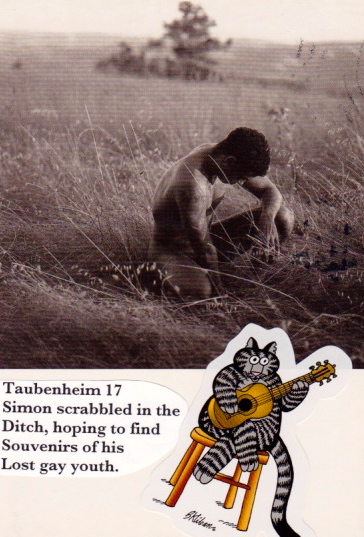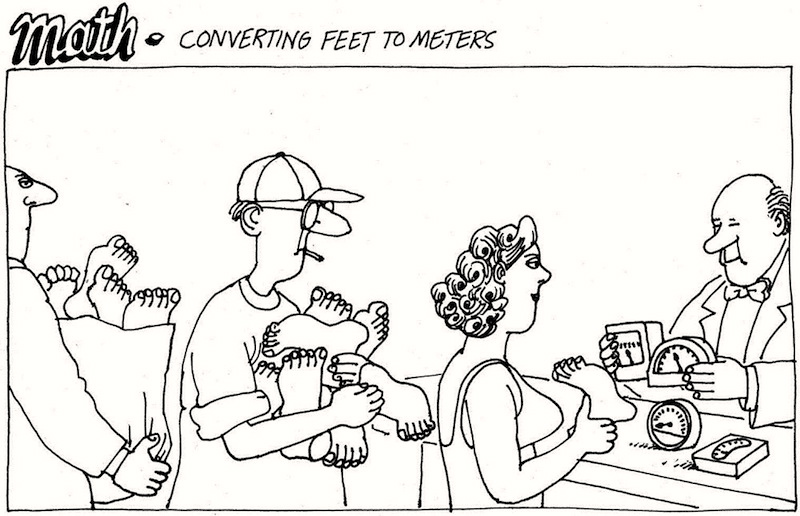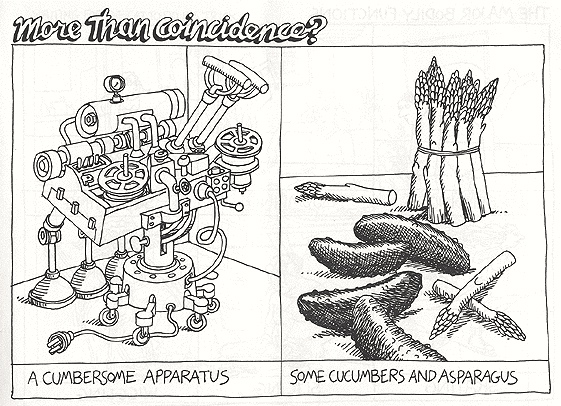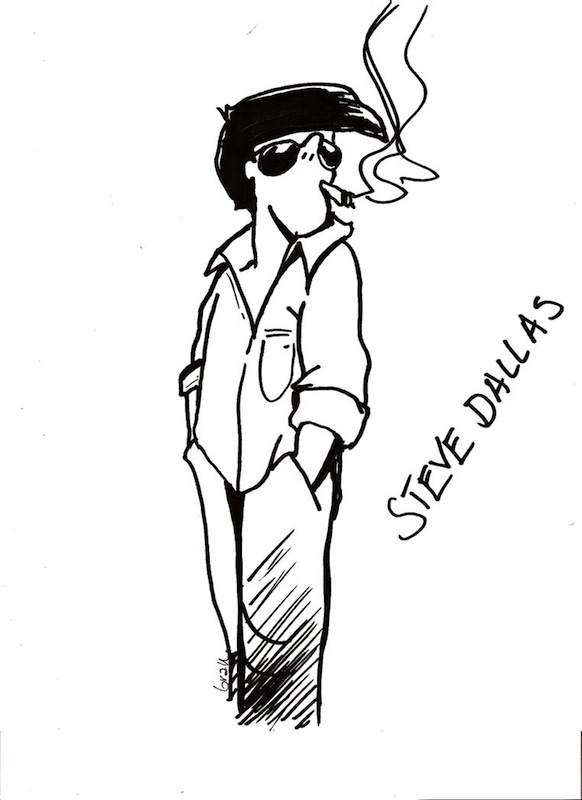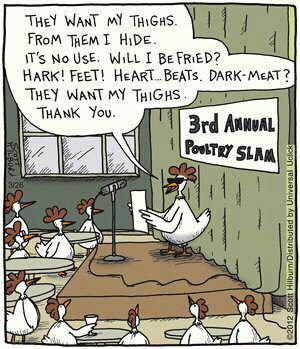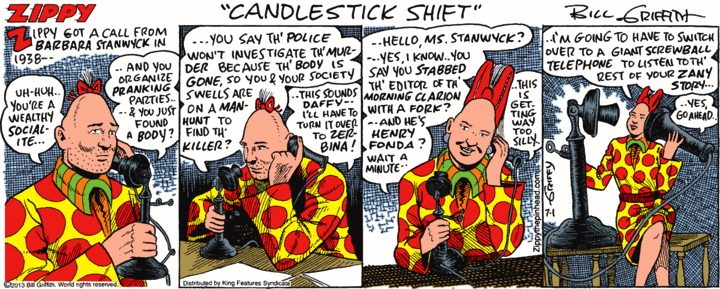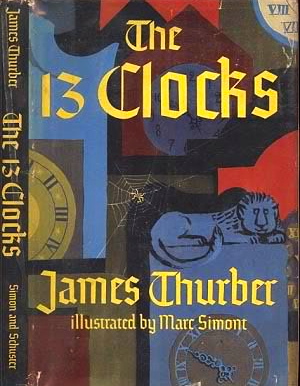An Andy Singer No Exit cartoon, accompanying Anthony Gottlieb’s review of Ruth R. Wisse, No More: Making Jewish Humor, NYT Book Review 6/2/13, pp. 38-9:
Two parallel puns, on practicing and on observant.
(On Andy Singer, see this posting.)
practicing. From NOAD2:
practice verb [with obj.] (Brit. practise)
1 perform (an activity) or exercise (a skill) repeatedly or regularly in order to improve or maintain one’s proficiency: I need to practice my French | [no obj.]: they were practicing for the Olympics.
2 carry out or perform (a particular activity, method, or custom) habitually or regularly: we still practice some of these rituals today.
• actively pursue or be engaged in (a particular profession or occupation): he began to practice law | [no obj.]: he practiced as an attorney | (as adj. practicing): a practicing architect.
• observe the teaching and rules of (a particular religion): they are free to practice their religion without fear of persecution | (as adj. practicing): a practicing Roman Catholic.
The senses relevant to the Singer cartoon are 1 and the last sense in 2. In the first, we have a V, the PRP of which is used in progressive constructions, both as a main V (The pianist was practicing) and as a nominal modifier (I saw a practicing pianist ‘I saw a pianist who was practicing’). In the second, we have an Adj, the PRP practicing converted to an Adj — in fact, an Adj that can occur only adnominally and not predicatively (He’s a practicing Catholic ‘he practices Catholicism’, but *He’s a Catholic, but he’s not practicing meaning ’he’s a Catholic, but not a practicing Catholic’). A subtle but real difference.
The interpretation of practicing Catholic that will come first to mind (out of context) is the second, specialized, sense, and the Catholic priest (identifiable by his garb) is presumably a practicing Catholic. But the cartoon also conveys the first sense visually: the priest is playing the piano. So we have a practicing Catholic who is practicing (the piano) — two senses in one drawing.
observant. Again, from NOAD2:
observant adjective
1 quick to notice things: her observant eye took in every detail.
2 adhering strictly to the rules of a particular religion, esp. Judaism.
The first sense is irrelevant to the cartoon, while the second is conveyed visually: the other figure in the drawing is an Orthodox Jew (identifiable by his garb and grooming) and so presumably is religiously observant. (Note that observant is an all-purpose adjective, occurring both adnominally and predicatively.)
The drawing also conveys another sense of observant, one that is in principle possible for a Adj derivative in -ant / -ent from a V but hasn’t been attested, even in the OED, for this particular derivative: ‘observing’ (compare convergent (on) ‘converging (on)’ and different (from / to / than) ‘differing (from / to / than’). So we have a (religiously) observant Jew who is observing the piano-playing (and thus might be said to be observant of it) — again, two senses in one drawing.


